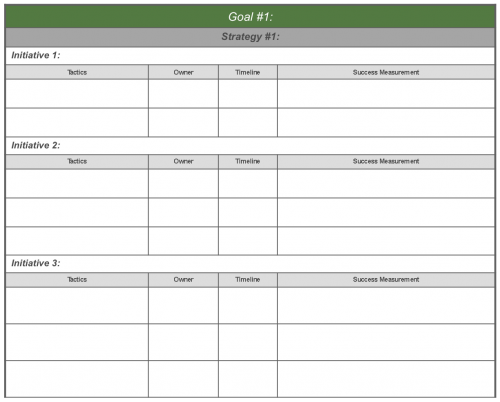Seth Godin wrote this piece last month and I thought it was killer:
"When making a b2b sale, the instinct is always to get into the CEO's office. If you can just get her to hear your pitch, to understand the value, to see why she should buy from or lease from or partner with or even buy you... that's the holy grail.
What do you think happens after that mythical meeting?
She asks her team.
And when the team is in the dark, you've not only blown your best shot, but you never get another chance at it.
The alternative is to start in the middle. It takes longer, it comes with less high-stakes tension and doesn't promise instant relief. But it is better than any alternative.
Starting in the middle doesn't mean you're rushing around trying to close any sale with any bureaucrat stupid enough to take a meeting with you (or that you're stupid enough to go to, thinking that a sale is going to happen.)
No, starting in the middle is more marketing than sales. It's about storytelling and connection and substance. It's about imagery and totems and credentials and the ability to understand and then solve the real problems your prospects and customers have every day. It's this soft tissue that explains why big companies have so many more enterprise sales than you do.
You don't get this reputation as an incidental byproduct of showing up. It is created with intention and it's earned."
We've all received sales advice that says start at the top. I think that's bad advice.
Early in my career I fell victim to the "starting at the top" advice. I was selling to a billion dollar telecommunications company who had a change in leadership. The new President and COO was a friend of mine. When he was announced, I just about jumped out of my shoes. I instantly started counting the money. The money, I hadn't made yet.
Bill, the new President and COO was a fairly close friend. He had actually tried hiring me a few years previous, so I had unfettered access to him. After he started, we had a number of meetings and he told me he wanted my company to do a number of things for him. He laid out what he was looking for and then told us to work with his CIO.
Needless to say the CIO had not been in the loop and did nothing but passively resist every move until everyone finally gave up.
I was never able to grow the account through my relationship at the top.
Seth's post and my experience suggest the old addage about getting to the top is a must and the only way to go is a flawed approach.
But, hey Seth and I are just two people. What do you think? Is starting at the top, the best way to go? Do you start at the top?










-resized-600.jpg)